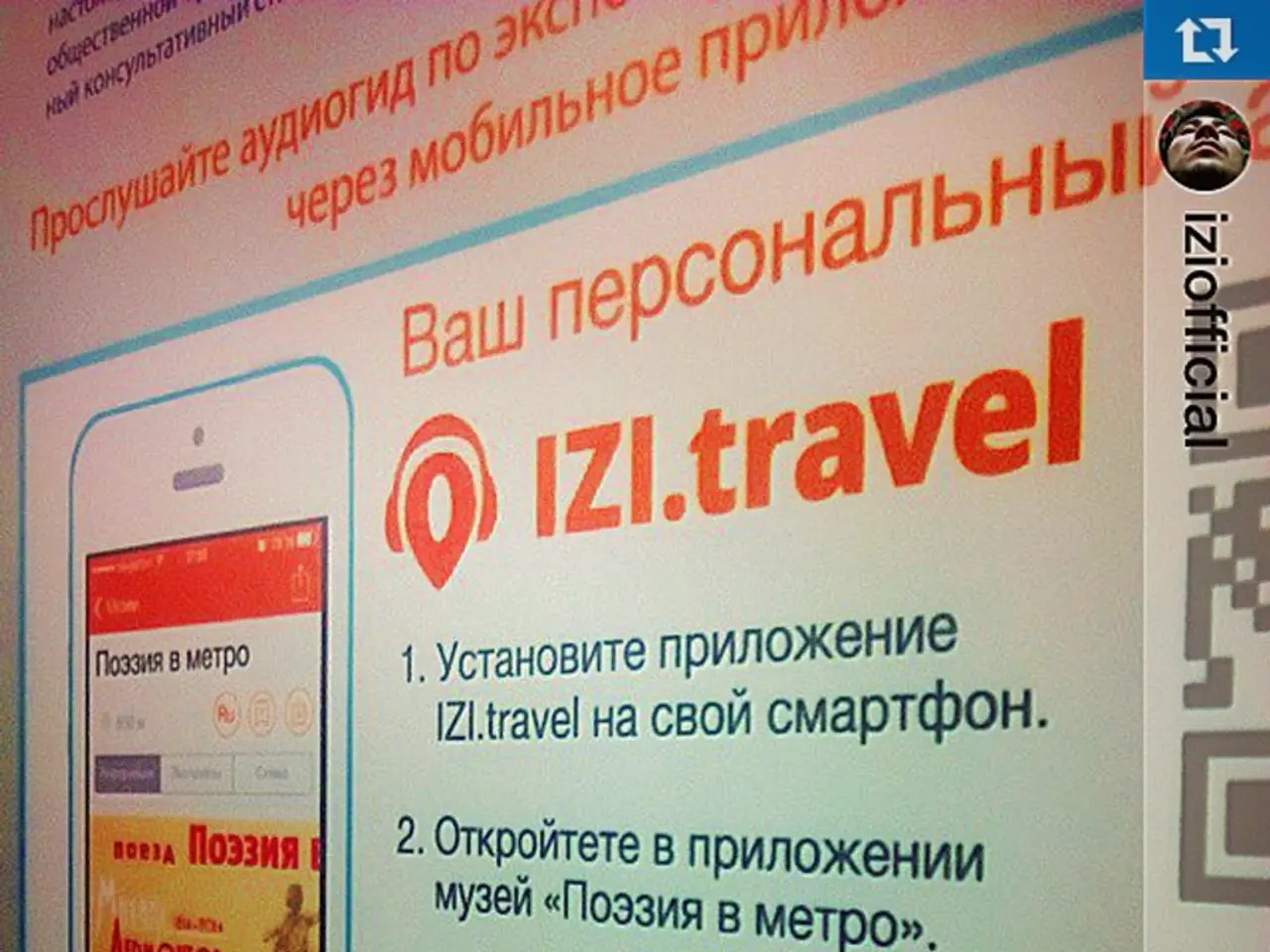Dynamics Influencing Emotional Actions Among Users and Customers
In the world of business, understanding the role of emotions in consumer behavior is crucial for creating deeper, more impactful connections with customers. This knowledge significantly enhances both product design and marketing strategies, as it allows brands to tap into the emotional drivers that shape consumer choices.
Emotions such as trust, nostalgia, happiness, confidence, and urgency trigger psychological responses that influence how consumers perceive, relate to, and choose products. By incorporating these emotional insights into product design, features, aesthetics, and user experiences can be tailored to resonate with underlying consumer feelings, making products more appealing beyond just their functional benefits.
Marketing strategies that leverage emotional drivers do not merely convey product information but aim to evoke specific feelings through storytelling, personalization, and sensory engagement. This emotional engagement creates stronger brand recall, greater customer satisfaction, and drives impulsive buying behavior, especially when feelings of anticipated regret, trust, or arousal are involved.
For instance, live-streamed commerce benefits from streamer interaction styles that evoke cognitive trust and emotional arousal, which in turn increase consumers' impulse buying intentions. Similarly, brands like Paperboat leverage nostalgic storytelling to connect with consumers by tapping into childhood memories.
Consumers who are emotionally engaged are more valuable to brands, showing increased loyalty, repeat purchasing, and positive word-of-mouth recommendations. Emotional connections influence memory formation of the brand experience, so when consumers recall these feelings at decision moments, their choices are biased towards brands that made them feel a certain way.
In practical terms, by understanding which emotions motivate their target customers, brands can design products that fulfill emotional as well as functional needs, craft marketing campaigns that use emotional triggers to build lasting relationships, use emotional data to predict and influence consumer purchase patterns, and optimize customer experiences across multiple touchpoints with emotionally resonant communication.
However, emotional design is an iterative process that is often overlooked during product evaluation. By cooperating between design and marketing, brands can create emotional stories that make products easier to be adopted and then appropriated. Understanding the relationship between emotional drivers and consumer behavior is key to creating successful products and marketing campaigns.
References:
[1] "Live-streamed Commerce: A Review of Literature and Future Directions." Journal of Retailing and Consumer Services.
[2] "Inside the Consumer Mind: Using Neuroscience to Inform Marketing." MIT Sloan Management Review.
[3] "Emotional Branding: The New Paradigm for Connecting Brands to People." Harvard Business Review.
[4] "The Role of Emotions in Consumer Behavior: A Comprehensive Review." Journal of Consumer Psychology.
[5] "The Emotional Consumer: Understanding Emotions and Consumer Behavior." Routledge.
By integrating emotional insights into UI design and user experience (UX), brands can create digital interfaces that resonate with consumers' feelings, fostering deeper connections and increasing the appeal of products beyond their functional benefits.
Marketing strategies that focus on education-and-self-development can enhance consumer understanding of a brand's emotional story, allowing them to form stronger emotional connections and drive brand loyalty.




